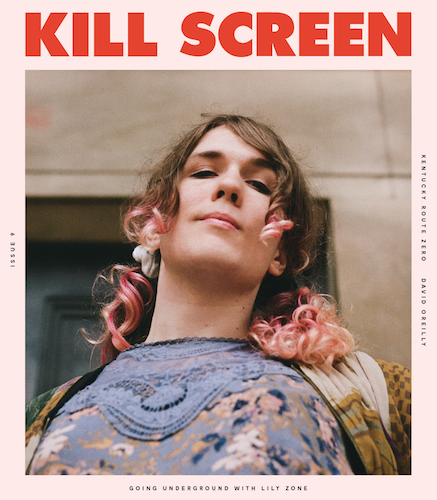
On August 1st, 2016, unspecified representatives of Valve Software confessed to a crowd of players, managers, and associated staff at The International 2016 (TI6) that a grievous error had been made via the facilitation, over the previous twelve months, of TOO MUCH competitive Dota 2. If that sounds like an odd pronouncement, it kind of is: more tournaments presumably means more total hours watched, not to mention more prize money and broader cultural recognition. The twelve months between TI5 and TI6 contained three Valve-sponsored Majors, plus the usual gallimaufry of third-party tournaments ranging from dinky online leagues and scuffles in the BeyondTheSummit maisonette to arena-rattling battles royale like WePlay. August 2015 to July 2016 was a golden year for Dota 2. It was also exhausting and stressful, both for Valve’s rag-tag Dota 2 team, which I think it is safe to say was utterly unprepared for the logistical vicissitudes of quarterly mega-tournaments, and for the competitors themselves, who were forced to contend with pullulating roster locks, qualifiers, and qualifiers for qualifiers.
It was also exhausting and stressful.
Historically, Valve prefers to keep quantity low and quality high, as exemplified by its small organizational footprint, refusal to go public, and sparse release schedule. In that way, it’s not a surprise to see them condensing their Dota 2 event schedule. During the meeting on August 1st (according to Team Secret manager/comptroller/something-or-other, Cyborgmatt), it was confirmed that the next season’s Majors would number two, down from three, with one occurring later in 2016 and a second in Spring 2017. This would give TI7, which is slated to occur around the same time as TI6, a bit more space to breathe. The gap between this year’s Manila Major and the TI6 Open Qualifier was a mere nine days. That means teams that wanted to change a lineup before TI6, like Evil Geniuses and Team Secret, only had a little over a week to make up their minds.

Roster locks are another aspect of the competitive Dota 2 scene under renovation next season. Ostensibly intended to provide players a degree of stability, roster locks dictate when a team can or cannot modify lineups if they want to be invited to the next Valve-sponsored event. These frenzied periods sometimes leave booted players stranded, with no time to find a new home; the new two-phase system will feature separate “drop” and “join” deadlines, giving the Kurtis “Aui_2000” Lings of the world a chance to consider their options instead of jumping onto the first organization that offers them a coaching position.
These frenzied periods sometimes leave booted players stranded.
Some may (and indeed already have begun to) lament the jettisoned Major, taking this trimming as a sign of Dota 2’s decline. Considering how crowded and hectic this season was, though, a far less sinister explanation seems more likely: triplicate Majors were just too numerous. There were too many Majors for the organizers, and too many for the players, if not for the fans. Next year might feature fewer Majors, but they might each be higher quality as a result. And anyway, even if 2017 winds up feeling threadbare, there’s nothing stopping Valve from making another round of changes this time next year.










